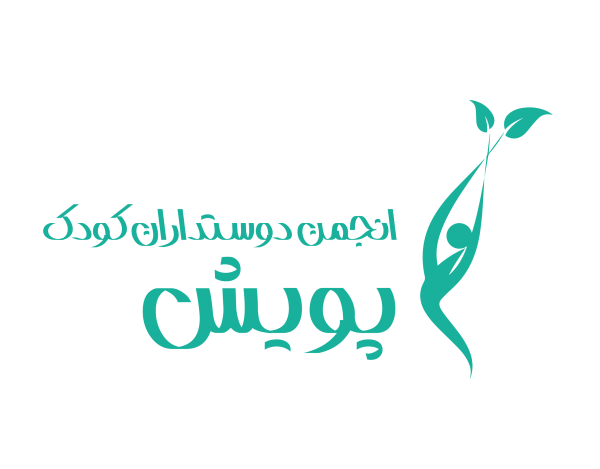Child and adolescent protection laws in Iran
Child and adolescent protection laws in Iran face a large vacuum, and restrictions on services and social protection can be seen when dealing with violations of children and adolescent’s rights. These days, we are witnessing many examples of violations of the rights of children and adolescents, including sexual, psychological, moral, etc. This issue has attracted the attention of many people and civil society activists in the field of children. As you know, the protection of children has special rights in any territory under international treaties.
Since, children and adolescents under the age of 18 need special laws and support from the governments of each country due to their different physical conditions than adults and being part of vulnerable groups in society. Therefore, child protection is one of the main goals in every society with different governments.
In Iran, the first law for the protection of children entitled “Law for the Protection of Children and Adolescents” was approved by the Islamic Consultative Assembly on June 12, 2002, but was later challenged by the Council; These objections were mainly related to jurisprudential and religious standards, as well as to Iran’s international obligations and the need to pay attention to scientific facts in the field of combating child abuse (Zeinali, 2003: 109).
Despite these objections and the necessity of amendments, it deviated from its original path and its main purpose was forgotten. What is at stake in this type of law is that the punishment of children by their parents and guardians and legal guardians is allowed by the government and society; However, it should be noted that most of the abuse and harm to children and adolescents by his families occurs for various reasons and the existence of traditional beliefs and issues and problems within the family.
For example, Article 7 of this law mentions exactly the same issue that the punishment of children by the family and legal guardians of children and adolescents is allowed and there is no permission to enter the privacy of families for punishment and harassment as a criminal offense. For this reason, criminalizing these types of social actions is very difficult and hindered.
Now, with the murder of 14-year-old Romina by her father, society and civil society activists have reacted more sensitively to the issue and pursued this unfinished bill, in order to take a step towards social support for the affected children and adolescents. The head of the Iranian Association of Social Workers called the re-enactment of the law a progressive move that would reduce harassment of children and adolescents by pursuing and approving it.
Now, a decade after the Child and Adolescent Protection bill approved, it has become law in parliament, with various comments, including child abuse, parental addiction, domestic violence, school dropouts, and forced labor and trafficking and the sale of drugs through children. With ratification of this law, it seems that the confusion of various organizations such as welfare, the judiciary and the police will be reduced.
